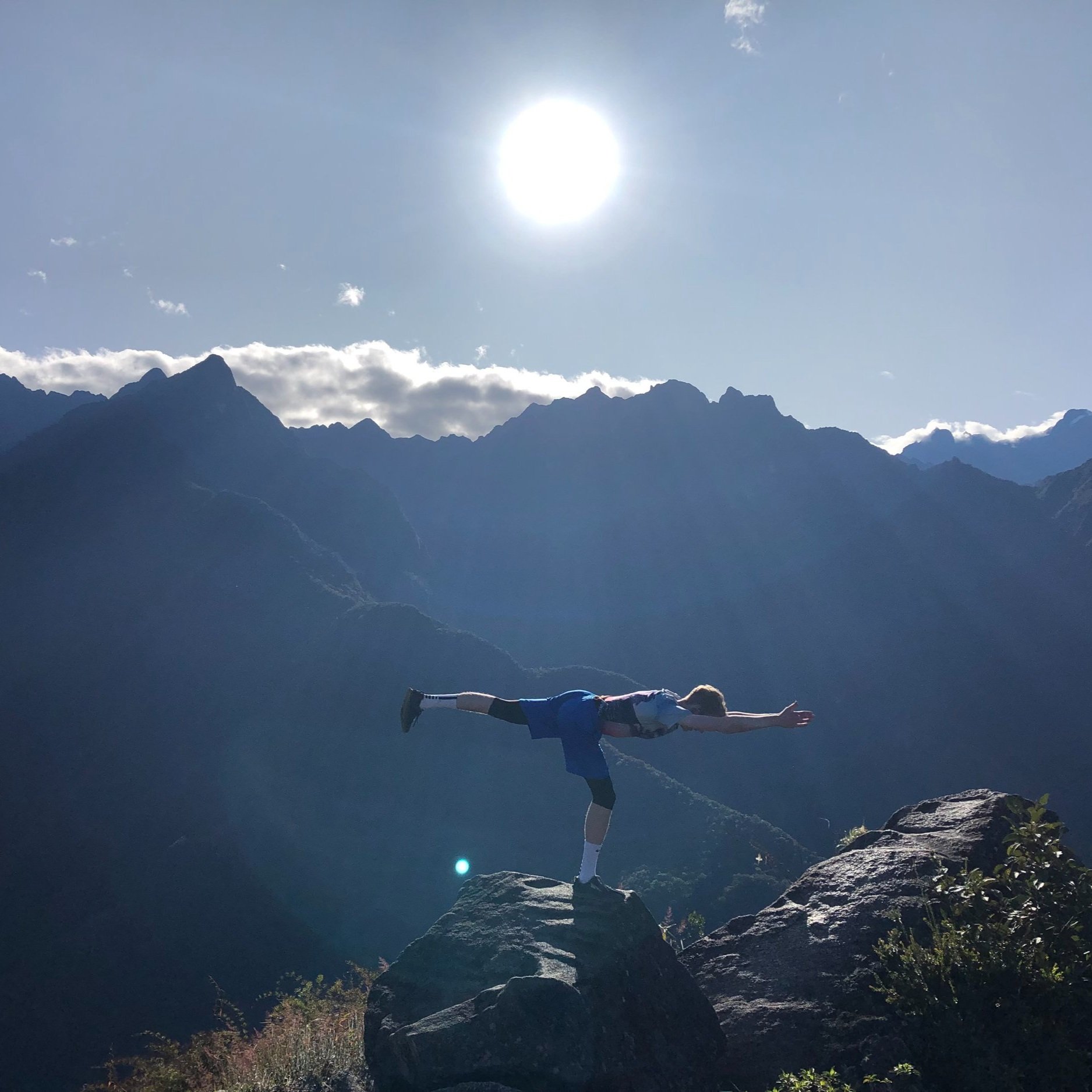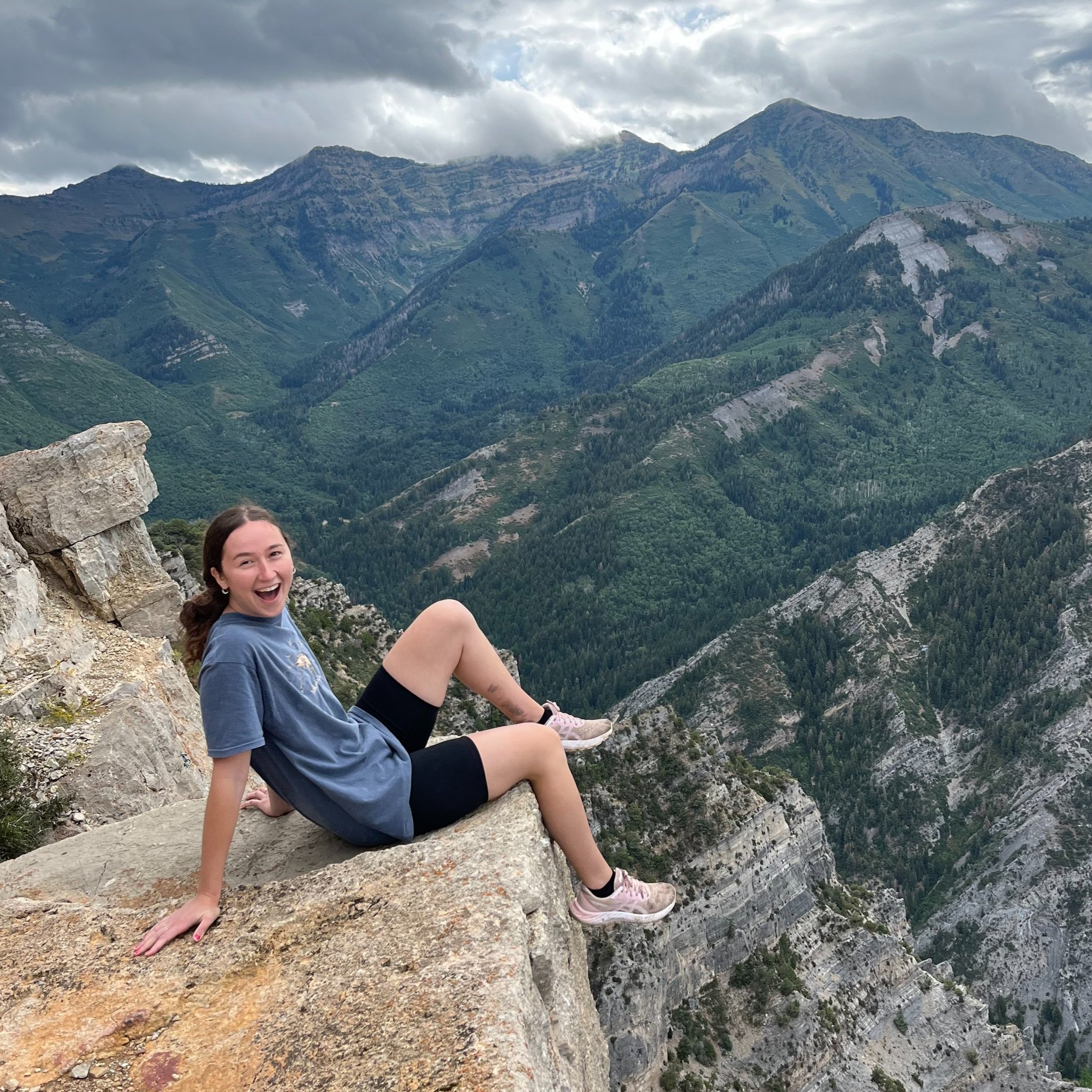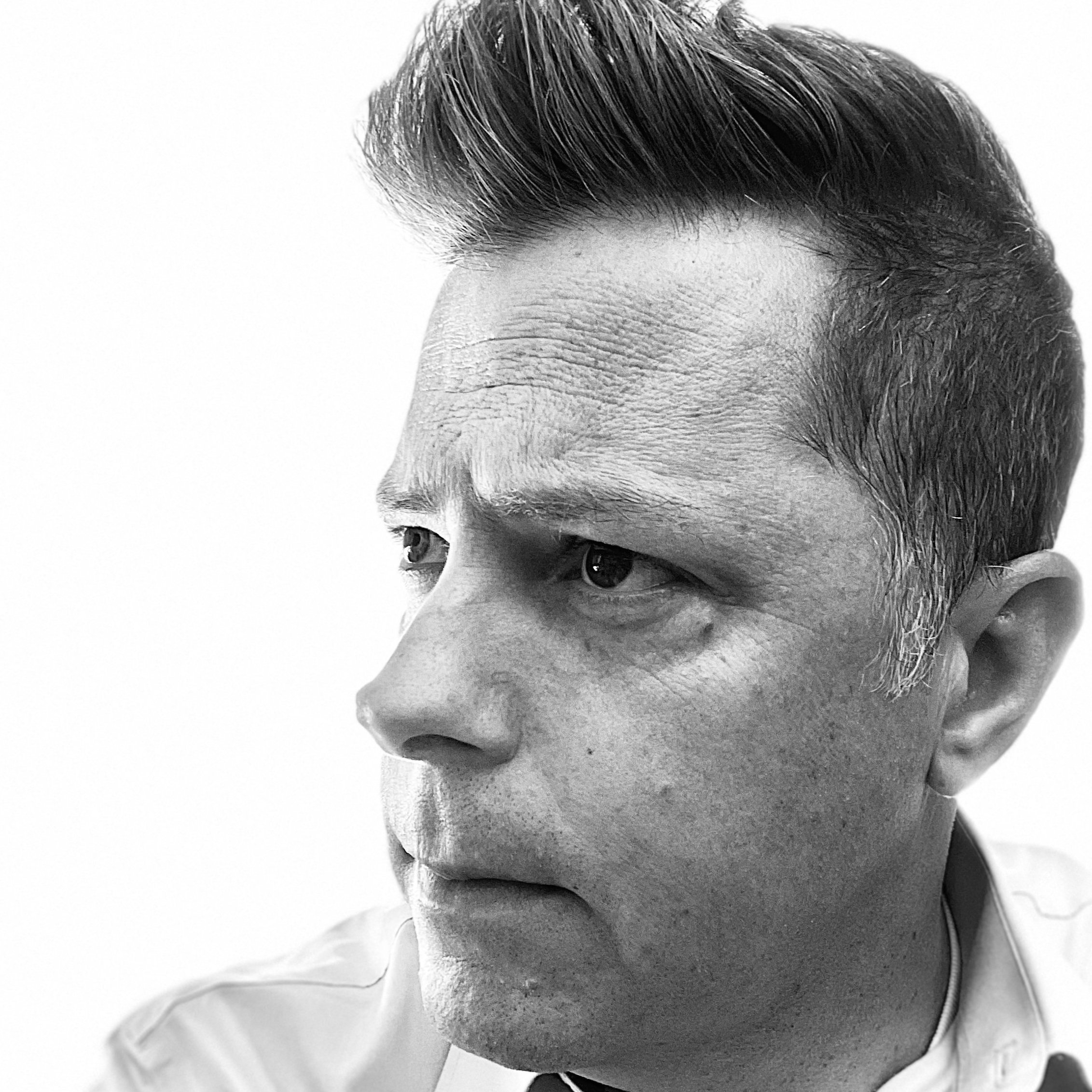Who's who: Getting to know the BYU Design Review Team
The start of another school year tends to be exciting, confusing, and often stressful. Here in Provo Utah, we at the BYU Design Review (by the way, if you want to sound cool, use the abbreviation BDR) are starting a new semester. And, we’re celebrating the BDR’s third birthday this month! We want to introduce this year’s BDR team, and we’ve asked everyone to share some thoughts or advice for this upcoming school year. Best of luck with your studies, projects, and everything in between!
Samuel McKinnon
Editor
Sam is a people person who likes knowing how things work. Put those two ideas together, and it’s not a surprise he’s gotten into mechanical design. During his time at BYU, he’s worked as a teaching assistant for BYU’s Global Engineering Outreach Program, a research assistant in the Design Exploration Research Group, and an intern at AVANTech, a wastewater treatment solutions company. His favorite design project to date was working on a machine that washes quinoa for farmers in rural Peru, and the weirdest project he’s ever worked on was raising 100 axolotls with his friends. Sam hopes to create a more sustainable world through good design practices.
Sam’s back to school advice: Whenever you’re working on a team project, stay humble. In design work, I think humility means 1) seeing our individual ideas within project constraints and 2) recognizing that our ideas are of equal merit with our teammates’ ideas; they don’t warrant extra attention or resources [1]. Domineering a group project because you want to see your original idea succeed is bad design. Put your personal interests in the backseat, listen to your teammates, and you’ll have a better experience and a better product.
Natalie White
Associate Editor
Natalie is a woman of many interests, and mechanical design happens to be one of them. She's an engineering student at BYU and a research assistant for the Air Quality Lab. An Arizonan through and through, she can't stay out of the sun for long. You might find her on the trail, in the public library, at the basketball court, attending live music events, or occasionally in the kitchen. She hopes to use her skills as an engineer to design solutions for environmental issues.
Natalie’s back to school advice: It sounds obvious, but you need to set aside time to take care of yourself. That includes exercising, cooking and meal prepping, and sleeping; take naps when you want to! You also need to set aside time to recharge, whether that means going to sporting events and parties, getting comfortable with a good book, spending time outdoors, or just calling your mom to catch up. Do the things you love. Be fully present in those times so that you can be fully present when it's time to focus during a lecture or a study session at the library. Multitasking is, for most, a myth. But if you let yourself rest, you'll work much more efficiently, and you'll enjoy your studies more as well.
William Godfrey
Intern
Will’s excitement about design had its beginnings in Legos and Lincoln Logs. Tinkering has always been a passion since before he could read and write. He also enjoys a number of other hobbies including running, tinkering with jazz and classical piano music, and participating in any high-adrenaline activities. Unsurprisingly, he finds a way to bring design into every facet of his life whether it’s adding improv into his piano pieces or whipping up a questionable culinary chef d’oeuvre.
Will’s back to school advice: Having had start of school experiences from great to terrible, having a great start of school experience has a lot to do with knowing yourself well enough to design your schedule, structure, and other goals. If you thrive in a structured environment (like I do), then you can get a planner and begin penciling assignments in. If you prefer paper over technology, make sure you buy a paper planner beforehand, etc etc. The best start of school environment you can create is one that suits your preferences because that will eliminate stress and anxiety from the equation.
Derek Ashby
Intern
Everyone knows that little four-year-old that only seems to know how to ask, "but why?" That was Derek. He needs to know how the world works, what drives it, and how to make it better. Hence his passion for design. Beyond engineering, though, Derek is an 800m runner, has climbed 39 of Colorado's 58 14,000-foot peaks, and has been a member of the BYU Men's Chorus for the past two years. This semester, Derek is pursuing a mechanical design and manufacturing internship at Firefly Automatix in West Valley, SLC.
Derek’s back to school advice: Getting back to school is all about educational momentum. Before classes, I have none (or very little), and I suddenly need to remember how to live my life on a tight schedule. That's hard, though! And everything seems to be new -- new routine, new environment, new friends, even. As if that weren't enough, I am an over-optimistic planner, and in my first-week-of-school zeal, I tend to bite off more commitments for the semester than I can realistically chew. One practice I've found incredibly useful at the beginning of each semester is dedicating the entire first week to readjusting to student life: that might mean leaving out some of the first week's fun to prioritize school and self-care. But, as I become more accustomed to the daily grind, it's much less stressful -- and much more enjoyable -- to add social events and other activities gradually after establishing a foundation for success.
Chris Mattson
Founder
Chris Mattson loves to create things: Physical objects, digital objects, computer code, CAD models, music, art, writing, furniture, and more. When asked what he likes so much about creating, he said "I love thinking about something new, and seeing if I can take it all the way to a finished product. I am super driven by that process and the excitement that comes from completing a design. I've also come to realize that consistently finishing simple designs, or writing simple articles, or banging out a new CAD model, leads to a hefty portfolio in no time. Think of it this way: Do one good design every month, and you'll have dozens of items in a few years." Chris Mattson is a professor of engineering, a past director of engineering for ATL Technology, and founder of the BYU Design Review.
Dr. Mattson’s back to school advice: Don't at all be afraid to raise your hand and say "I don't understand" or "What does ___ mean". It is your professor's job to be clear, if he/she was not, ask them to clarify. Do this early and often. Don't let concepts slip by you without fixing your understanding. Go get help from the professor or TAs or classmates. No one is going to laugh, and even if they did, what's worse: to be laughed at or to miss an important engineering concept upon which other things will be built?
John Salmon
Founder
Dr. John Salmon is an associate professor of Mechanical Engineering. He loves design, systems, modeling, data, and making a difference in the world. He enjoys many outdoor sports and tries to travel as much as possible.
Dr. Salmon’s back to school advice: Being a student is all about becoming the person you aren’t yet, so if you’re not what you want to be, then you’re in the right place. Take your time and make sure to value knowledge above grades as often as possible. Don’t say “I GOT to go to class,” say “I GET to go to class” (replace the “o” with the “e” and your perspective becomes superior).
References
[1] S. A. McKinnon, “Restraint—a Key to Design Success”, The BYU Design Review, February 2022, accessed 1 September 2022, https://www.designreview.byu.edu/collections/4xzuza4hfg536b15buh2hfnhk93sls

















